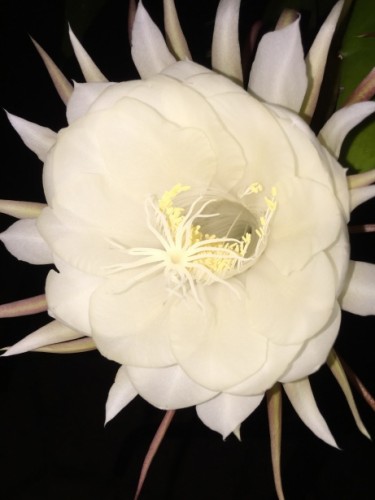All posts tagged Queen of the Night
Meet The Shrubby, Potent, Fragrant, Lady of The Night
Cestrum nocturnum, commonly known as the night flowering jasmine, lady of the night, night jasmine, queen of the night and night-blooming jasmine is a sprawling, evergreen shrub in the solanaceae family. The plant is thought to have originated in Central America or West Indies. Continue reading [...]
Night Blooming Cereus—Here and Gone in a Flash!
Whether you call it night blooming cereus, Epiphyllum oxpetalum or Queen of the Night, this unusual flower is a knockout while it lasts. Native to Arizona and the Sonara desert, night blooming cereus is a member of the orchid cactus family. Continue reading [...]


